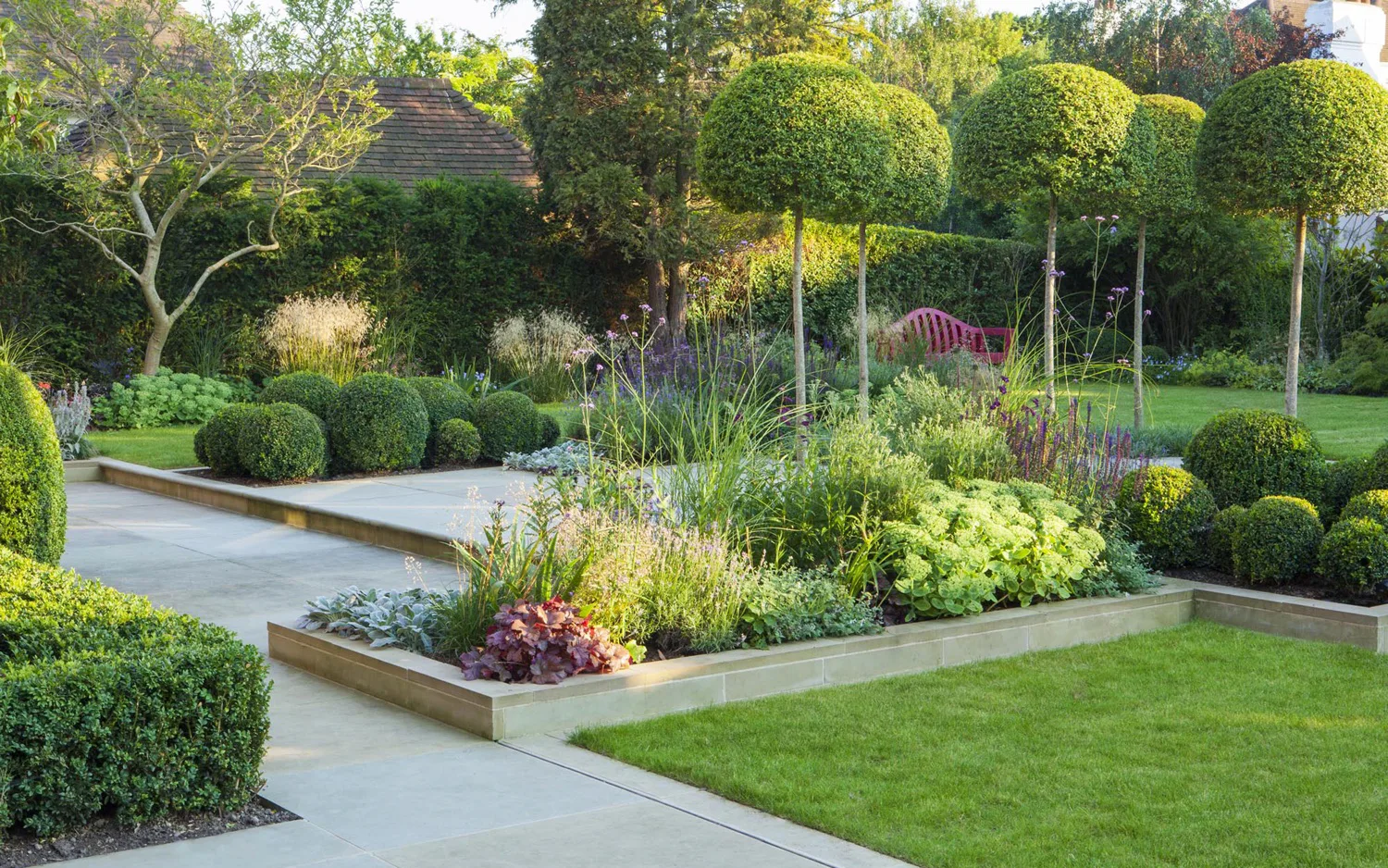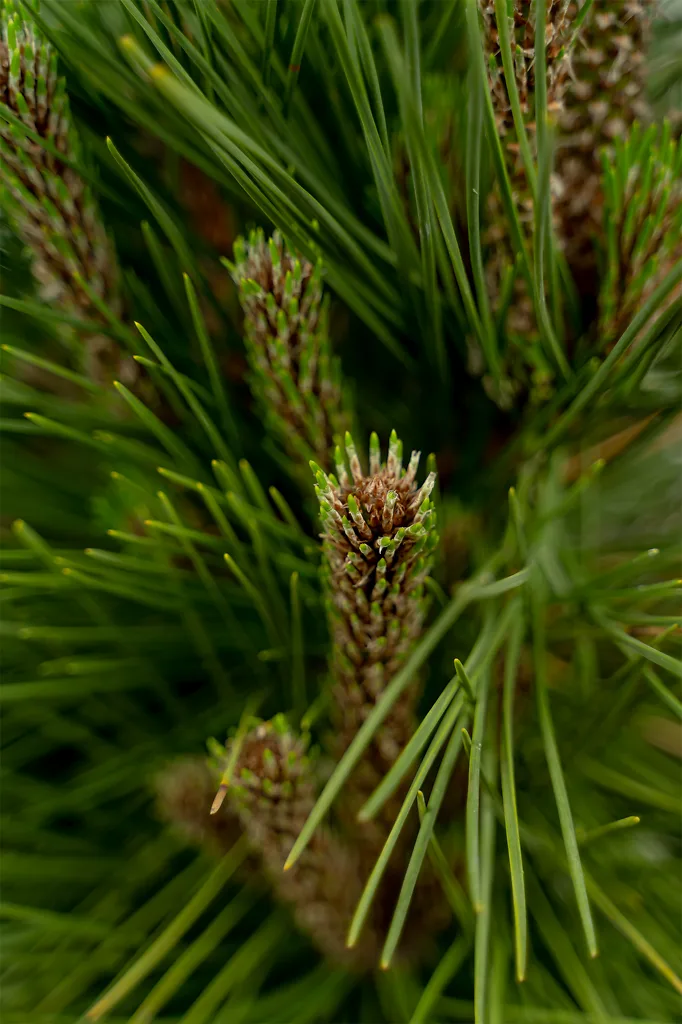
Written by s • 5 New Plants For Your Garden
There is nothing so much fun as planting something new in your garden. The planning and thinking about it’s suitability; the waiting for its arrival; unpacking that box; choosing the perfect spot for it; planting – and of course the wonderful feeling of watching it grow and mature, doing its thing while you stand back and admire it.
Sometimes we want to do it, but lack inspiration – so while I was walking through the new arrivals here at the Tree Center I thought it was time for some introductions. So I would like to give you a sample of the plants that recently arrived. They are all fascinating, sometimes new, sometimes old favorites, and often plants that solve problems, or make the impossible suddenly possible. Let’s take a look at 5 new plants for your garden that we know you will love. . .
My 5 Picks of a New and Exciting Plant For Your Garden
- Burgundy Belle® Red Maple. A superb variety with unique dark colors that are reliable in warm zones, and a tree that grows well on alkaline soil.
- Emerald Moon™ Boxwood. A charming boxwood ball where the leaves are edged in white, making it sparkle and shine.
- Dragon Tears™ Japanese Maple. A new and unique variety that is upright with horizontal, slightly weeping side branches. Red leaves in spring turn dark-red for summer and brilliant orange purples in fall.
- Princeton Elm Tree. A top-rated variety for disease resistance and a way to bring back the classic form of the American elm to your garden.
- ‘Thunderhead’ Japanese Pine. A wonderful compact and irregular small tree that brings that Asian look to a smaller space, and rugged beauty anywhere.
Burgundy Belle® Red Maple – (Acer rubrum ‘Magnificent Magenta’)
Everyone loves maple trees – they bring visitors from around the world every fall, to marvel at the amazing colors of these fabulous native trees of ours. Of course we love sugar maples, but the red maple is also wonderful, but not always as easy to grow. This tree prefers acid soil, and especially in warmer areas it often doesn’t color well. If you don’t have those things you have probably decided, “Not for me!” Think again, though, and take a look at this new plant for your garden. The Burgundy Belle® Red Maple has all those serious issues solved. Melvin Schmidt, from Wathena, Kansas was the man who spotted this tree as one of a row growing in his garden, and took it to the tree experts at Kansas State. They realized that is was something special.
It had reliable and magnificent magenta-red fall colors (tick box #1). It was happy growing on alkaline soil, showing none of the yellowing and poor growth usually seen (tick box #2). It colored well even in hotter zones, like 8 or 9 (tick box #3). As a bonus it also had a neat, compact, rounded crown that made it a stand-out specimen on a lawn. Here is the new garden plant of your dreams, you maple-lover you.
Emerald Moon™ Boxwood – Buxus sempervirens ‘Argenteo-variegata’
OK, so I said ‘new plants for your garden’, but I didn’t mean, ‘new plants’. Your great-great-great-great (whatever) grandparents might have been growing this one, as it could have been around since 1629! That doesn’t mean it’s value as a new plant for your garden has been lost, because plants never have a ‘best before. . .’ date on them. Newly-presented as the Emerald Moon™ Boxwood, this variegated form has all the great features of the best boxwoods. It’s a given that it has small glossy leaves; a rounded form that could pass 5×5 in time; it’s easily trimmed into neat hedges or globes; and it tolerates a wide range of garden conditions.
The real feature, though, is the broad band of white to cream around the edge of every leaf, that makes this beauty sparkle and shine like no other boxwood you ever saw. It’s the perfect accent plant for your beds – perhaps at the corners, or on either side of an entrance or steps. Go wild and grow a hedge of it – what a unique and outstanding feature that would be. Use it in a pot where you can groove on its clean tones close up. If you love boxwood, you are going to adore this one.
Dragon Tears™ Japanese Maple– (Acer palmatum ‘JN4’)
Weeping dragons, huh? What’s with that? There are so many different Japanese maple trees that you could almost make a garden of nothing but. So it’s probably going to need something special to tempt you to add another, or start growing one (what, you haven’t tried already?). Well here is one that certainly is different – the Dragon Tears™ Japanese Maple. Most Japanese maples are either upright and vase-shaped, or weeping, with long, hanging branches and a mound-like shape. What makes this one so special is the way it combines those two patterns of growth. It forms an upright tree that will reach 8 or even 10 feet, but the branches are horizontal and slightly cascading, forming an elegant pyramid of graceful drooping branches.
A truly novel shape, but that’s only the beginning. The deeply-cut leaves are still broad enough to resist summer drying, which limits our success with the most dissected varieties. They come out in spring a bright red, then turn rich dark crimson for the summer, before bursting into unique glowering orange-purples for the glory of fall. Relatively easy to grow, this variety is heat-resistant and resists summer scorch, but of course you do need to mulch and water regularly for success with these gorgeous trees – they are worth it.
Princeton Elm Tree– (Ulmus americana ‘Princeton’)
Nostalgia for the days of elm avenues is still with us, even though the trees went decades ago. Our cities were filled with them, until the lethal Dutch Elm Disease tore through the country like ‘tree-covid’, but far worse. Still today there is an aching wish to grow an American elm among many. So for you, we present the Princeton Elm Tree. Originally selected for its good fall color, classic arching, vase-shaped crown, and overall quality, it was only later this tree was found to have excellent disease resistance too. Today placed among the top varieties for that, this is a tree that really has a chance of maturing into a great specimen – and staying healthy. Now when it comes to Dutch Elm Disease, there are no guarantees, but the odds certainly beat Las Vegas, and if a tree was ever worth giving a chance, this is certainly the one to go with.
Dating back to 1922, it’s named after the nursery in New Jersey that found it, not the elite school. It was only later that experts realized it wasn’t getting sick, so it was one of those lucky breaks that just comes along in life. Since it can grow 5 feet a year when young, it won’t be long before you have a decent specimen – so what are you waiting for?
Thunderhead Japanese Pine – (Pinus thunbergii ‘Thunderhead’)

Nothing can give an Asian-garden look to your garden with more speed and style than a pine tree. It takes a big garden to grow one, though, which is why my final pick of new plants for your garden is the fabulous Thunderhead Japanese Pine. A dwarf form of the Japanese pine, but not so dwarf that it won’t become 5 feet tall and in time approach 10 feet – much more manageable than the typical 30 to 50 feet of most pines. It has at least an equal spread, with the lower branches sprawling out across the ground.
Full of character and charm, the branches are thickly-clad in long, stiff needles, and in spring the silvery ‘candles’ of new growth are fabulous. Planted on a slope or bank; trimmed up into a giant bonsai style; nestled in the angle between two walls; lots of opportunities to place this great specimen as a focal point in all kinds of gardens, but especially if your approach leans towards Japanese and Asian.





